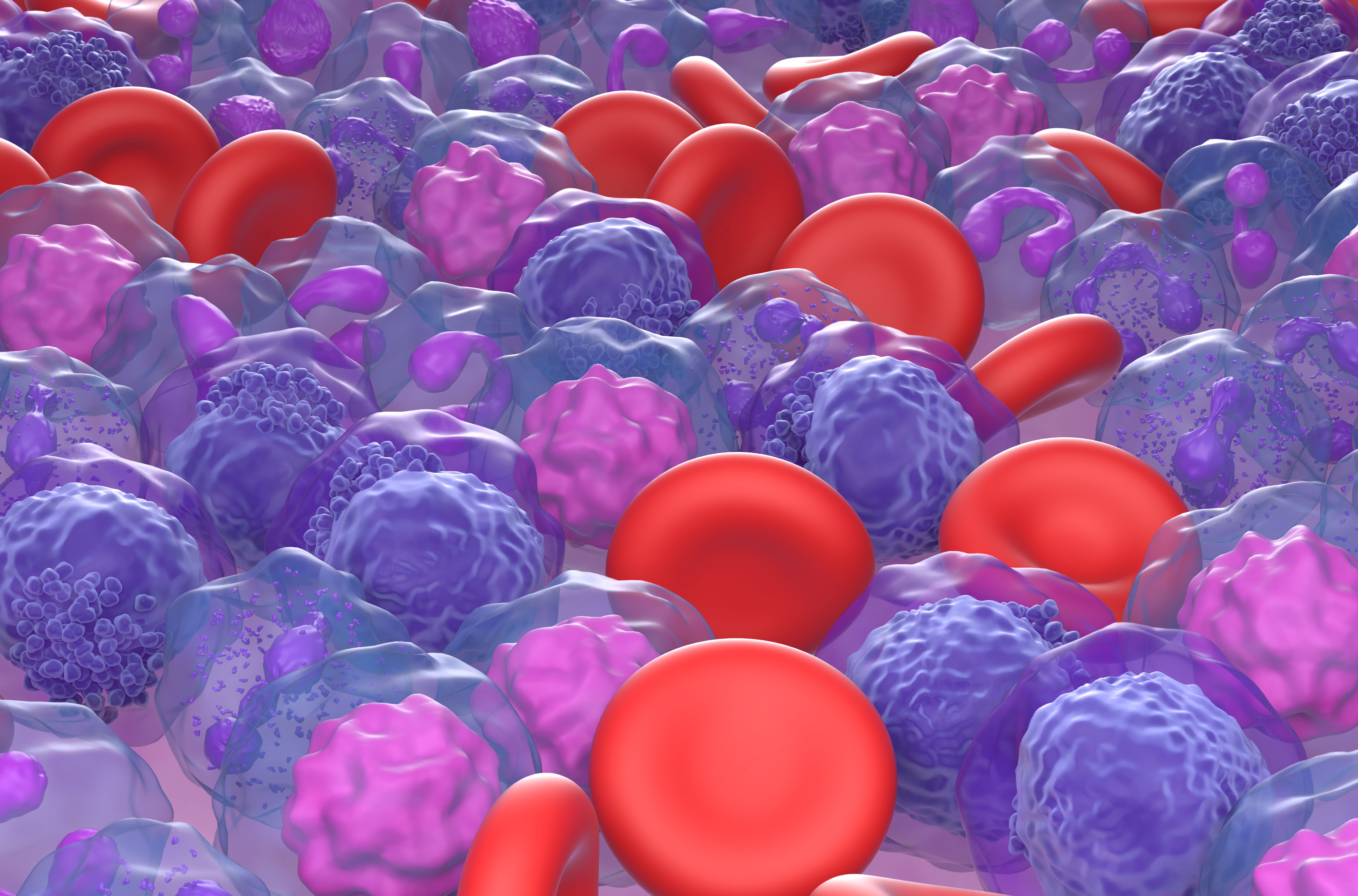News
Article
New Study Further Illuminates PARP1 Expression in ALL, AML, CML With BCR::ABL1 p190+
Author(s):
Researchers investigate the expression of PARP1 in leukemias with BCR::ABL1 p190+ translocation, finding differential expression in ALL, AML, and CML but no significant correlation with clinical parameters.
A recent study published in Cancer Diagnosis & Prognosis explored the association between PARP1 expression levels and clinical parameters in different leukemia subtypes, specifically focusing on patients with BCR::ABL1 p190+ translocation.1 The study aimed to investigate whether PARP1 could serve as a biomarker in BCR::ABL1-positive leukemias, which include acute lymphoblastic leukemia (ALL), acute myeloid leukemia (AML), and chronic myeloid leukemia (CML).
The study analyzed 59 adults with BCR::ABL1 p190+ leukemia, consisting of 28 patients with ALL, 7 with AML, and 24 with CML. The researchers used quantitative real-time polymerase chain reaction (qPCR) to measure PARP1 expression and correlated it with clinical parameters, such as age, white blood cell (WBC) variables, and the number of p190 transcripts.
AML cells | image credit: LASZLO - stock.adobe.com

The translocation t(9;22)(q34;q11), also known as the Philadelphia chromosome (Ph+), is a hallmark of several types of leukemia, including ALL, AML, and CML. This mutation leads to the production of a BCR::ABL1 fusion protein that drives uncontrolled cell growth. Among the 3 main isoforms of this fusion protein—p190, p210, and p230—p190 is associated with a worse prognosis and higher risk of treatment failure. "Although p190 is detected in only 1-2% of CML patients, it confers a higher risk of treatment failure in chronic-phase patients, as well as being associated with distinct clinical characteristics," the authors note.
PARP1 is known for its role in DNA repair, with tyrosine kinase inhibitors (TKI) currently being used in solid tumors.2 However, its role in hematological malignancies is still under investigation. The study results showed that PARP1 expression varied significantly between the different types of leukemia.1 Patients with ALL had the highest expression of PARP1, followed by those with AML, while CML patients exhibited the lowest levels. Specifically, the statistical analysis revealed a significant difference in PARP1 expression between ALL and CML (P = .0002) and between AML and CML (P = .0334). Despite the differences in PARP1 expression among leukemia subtypes, the study found no significant correlation between PARP1 relative expression and several clinical parameters, including age (r = –0.099), WBC (r= 0.247), and the number of p190 transcripts (r = –0.093).
The lack of correlation between PARP1 expression and the number of p190 transcripts was noteworthy, given the aggressive nature of the p190 isoform in leukemia. In the subset of patients with high PARP1 expression (greater than 1.5-fold change), all were diagnosed with either ALL or AML, representing 22.03% of the total patients in the study. No direct proportionality was found between the levels of PARP1 and p190 transcripts.
All CML patients had PARP1 expression levels below 1.5-fold change, and most exhibited low concentrations of p190 transcripts. "Although the Chi-square test showed no significant associations between the clinical variables and types of leukemia, the clinical heterogeneity observed suggests that the relationship between these factors may be more complex," the researchers added.
While the study did not find clear clinical correlations, the authors concluded that "Although this lack of statistical correlation is evident in this study, the role of PARP1 in BCR::ABL1 leukemia cannot be ruled out, given that cells expressing BCR::ABL1 have homologous recombination (HR) defects and that this expression increases DNA damage and reactive oxygen species its expression does not directly reflect disease severity or burden as measured by these clinical factors." They also emphasize the need for further research involving larger patient samples and additional molecular pathways that could impact the disease's pathogenesis.
References
- De Morais GP, Machado CB, Dias Nogueira BM, et al. Association of PARP1 expression levels and clinical parameters in different leukemic subtypes with BCR::ABL1 p190+ translocation. Cancer Diagn Progn. 2024;4(5):592-598. doi:10.21873/cdp.10368
- Komorowski L, Fidyt K, Patkowska E, Firczuk M. Philadelphia chromosome-positive leukemia in the lymphoid lineage: similarities and differences with the myeloid lineage and specific vulnerabilities. Int J Mol Sci. 2020;21(16):5776. doi:10.3390/ijms21165776





